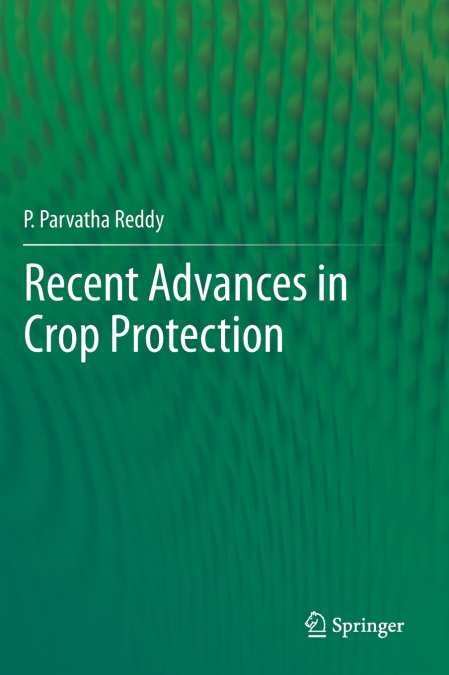
P. Parvatha Reddy
In the recent years, the need to increase food production to meet the demands of rapidly increasing population from a limited land resource necessitated the use of intensive farming systems, with the inputs like narrow genetic base, high dose of fertilizers, pesticides, irrigation, monocropping, etc. which led to the development of diseases and pest. The effect of changing global climate, particularly the sharp increase in CO2 concentration, has increased the susceptibility of plants to pathogens and pests. Because of the chemicalization of agriculture, the age-old eco-friendly pest management practices like sanitation, crop rotation, mixed cropping, adjustment of date of planting, fallowing, summer ploughing, green manuring, composting, etc. are not being practiced, affecting the crops adversely. This has encouraged researchers to look for eco-friendly and novel approaches for pest management. The information on recent advances in crop protection (involving bacteria, fungi, nematodes, insects, mites and weeds) is scattered. The book delves upon the most latest developments in crop protection such as avermectins, bacteriophages, biofumigation, biotechnological approaches; bio-priming of seeds; disguising the leaf surface; use of non-pathogenic strains, plant defense activators, plant growth promoting rhizobacteria, pathogenesis-related proteins, strobilurin fungicides, RNA interference, and variety of mixtures/cultivar mixtures/multilines; soil solarization; biointensive integrated pest management; among several others (fusion protein-based biopesticides, seed mat technology and environmental methods). This book is a ready reference for students, policy-makers, scientists, researchers and extension workers.